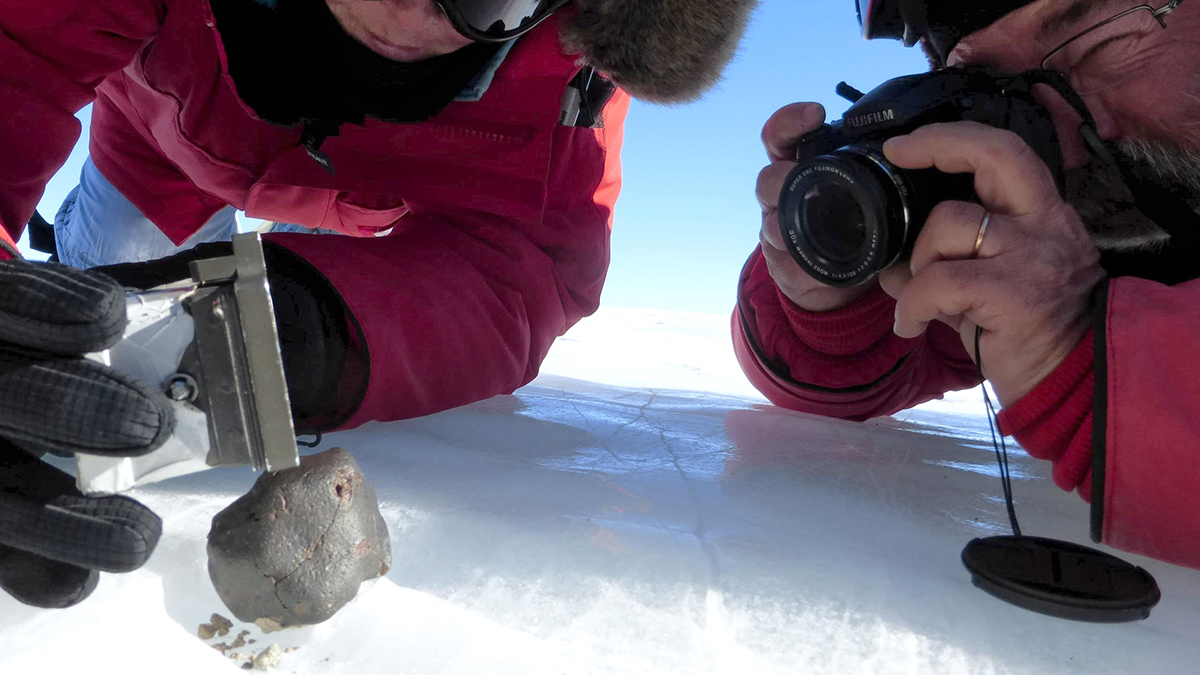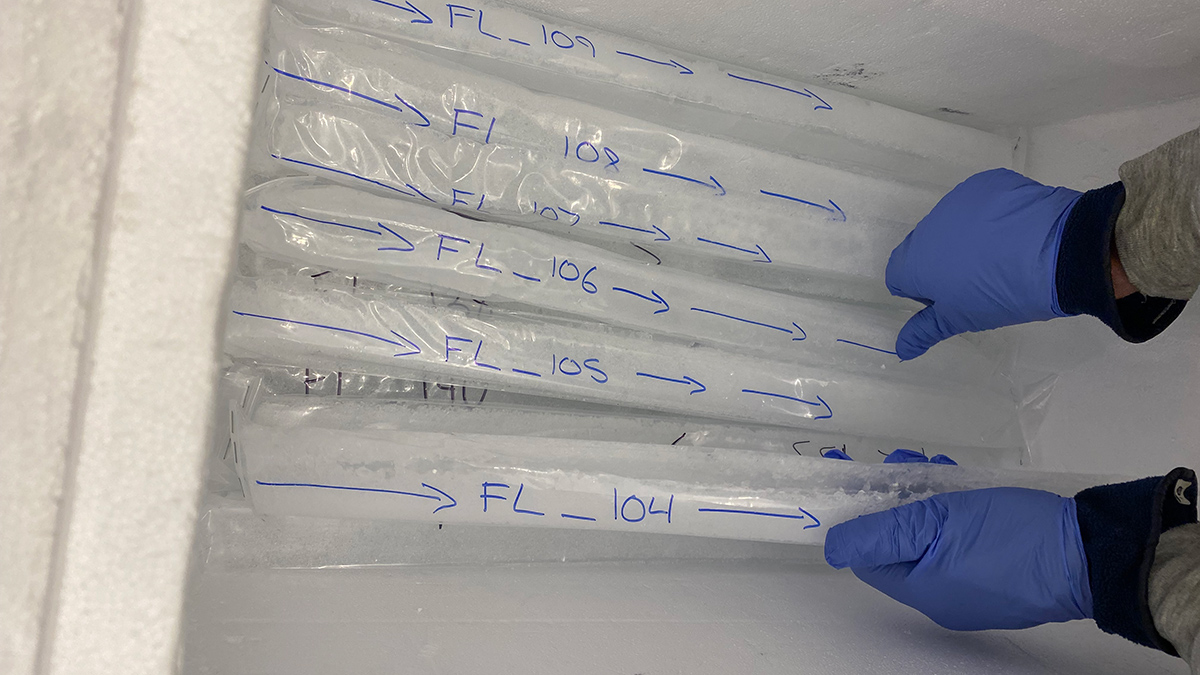If warming ice gobbles up meteorites, science may lose a cheap source of space rocks.
Antarctica
Núcleos de hielo de la Antártica capturan la contaminación de los metales pesados y su historia
Un núcleo de hielo que tiene registro más de 2 milenios, sugiere que la minería y la metalurgia aumentaron y disminuyeron con acontecimientos como las guerras y las epidemias.
Holes in Ross Sea Ice Grow and Shrink in Unexpected Cycle
Changes in polynya area in the Ross Sea region off Antarctica follow a previously unidentified 16-year periodicity.
Drilling into Antarctica’s Past
The West Antarctic Ice Sheet melted rapidly around 8,000 years ago. Could that event foretell the future?
La acidez del océano antártico aumentará rápidamente a finales del siglo
Nuevos estudios muestran que los niveles de acidez podrían llegar a duplicarse para el 2100, poniendo en peligro los ecosistemas frágiles del gélido Océano Austral.
Speed of Ice Shelf Rifting Controlled by Ocean-Ice Interactions
Scientists report the fastest rate of rift extension yet observed for an Antarctic floating ice shelf and explain why it is far slower than rates expected for brittle ice deformation.
El Niño May Have Kicked Off Thwaites Glacier Retreat
Antarctica’s “Doomsday Glacier” started losing mass midcentury, around the same time as its neighboring glacier.
Antarctic Ice Cores Capture Heavy Metal Pollution—And History
An ice core record stretching back more than 2 millennia hints at the mining and metallurgy that waxed and waned with events such as wars and epidemics.
Monitoring Polar Ice Change in the Twilight Zone
Landsat’s new extended data collection program is mapping Arctic and Antarctic regions year-round, even in polar twilight.
Antarctica’s Ocean Acidity Set to Rise Rapidly by Century’s End
New research shows acidity levels could as much as double by 2100, imperiling fragile ecosystems in the frigid Southern Ocean.










